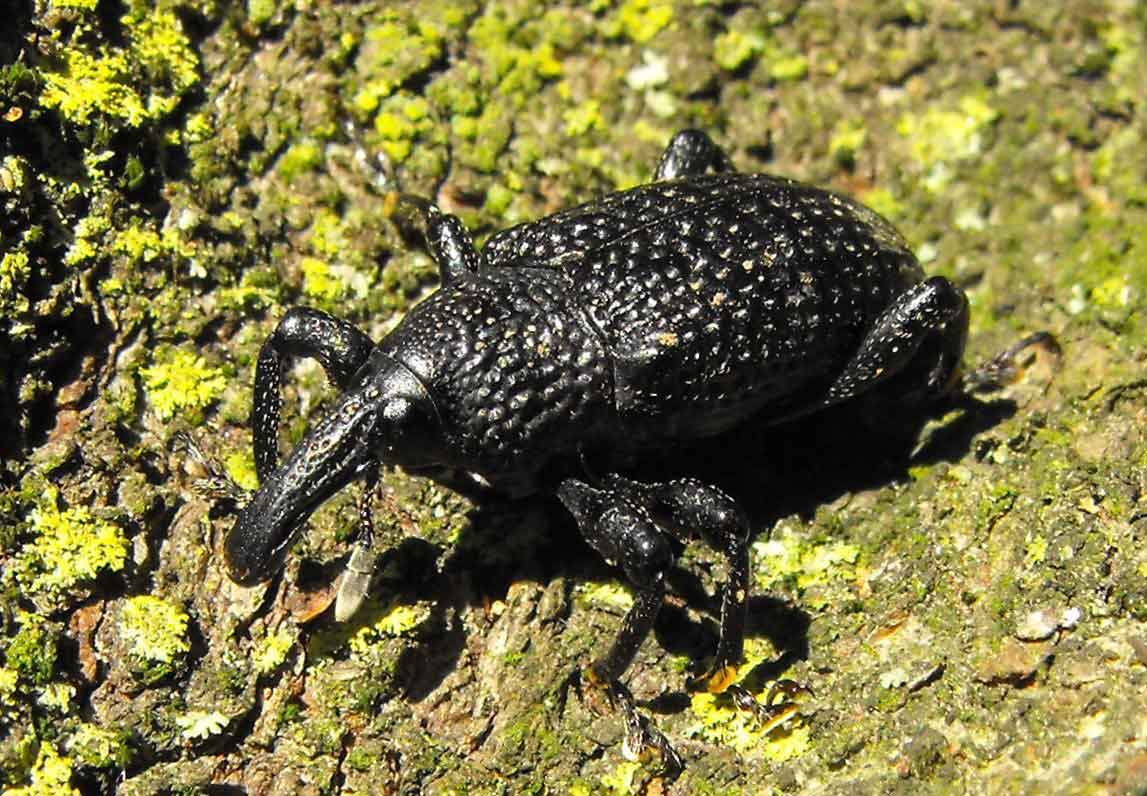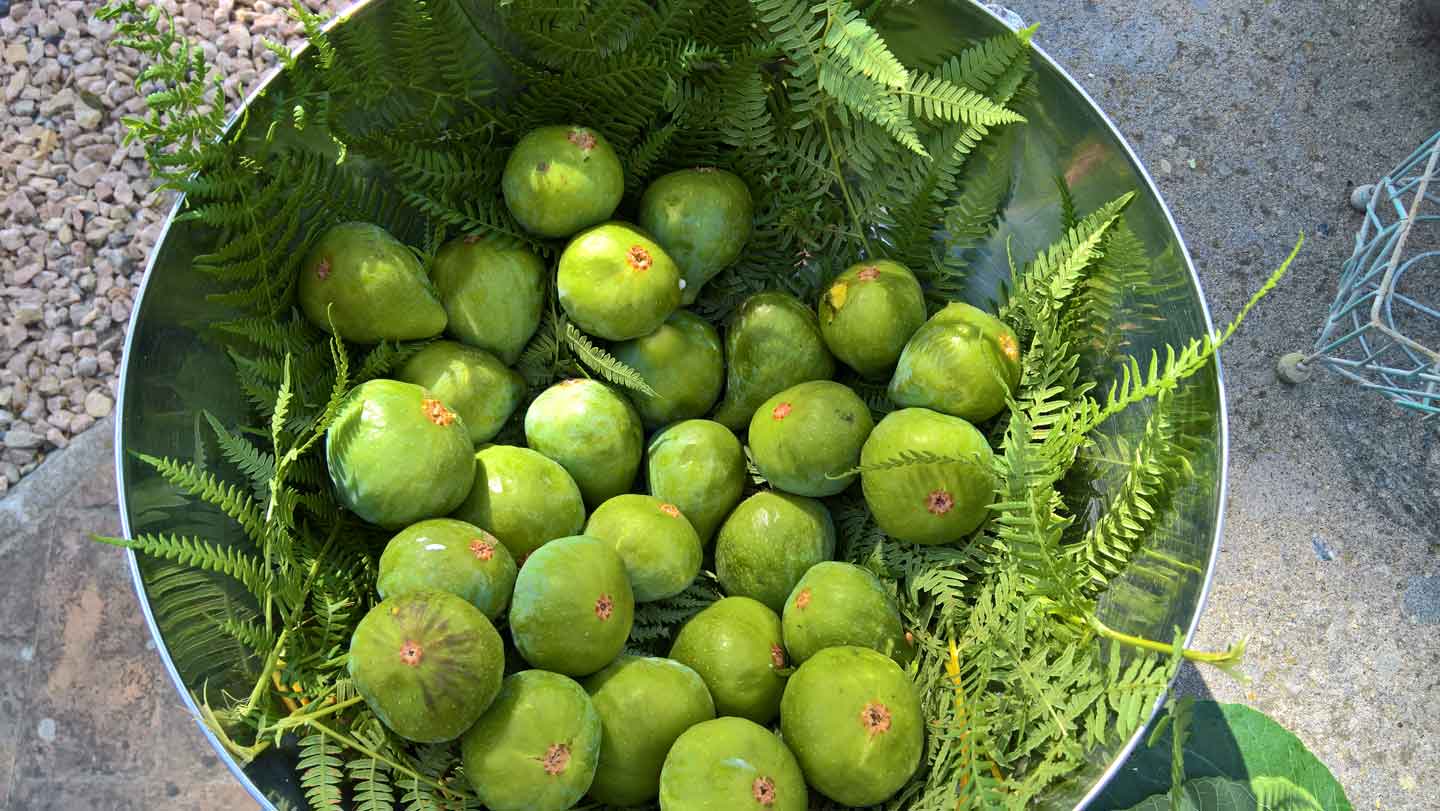Protect your fig trees!
I cultivate ancient grains and organic vegetables, and run an agriturismo on the shores of Lake Bolsena.
This summer, in conversation with a colleague from Garfagnana, a guest in our agriturismo, I learned about a new disease of the fig tree. It is caused by a beetle commonly known as the black fig weevil, which has the complicated scientific name “Aclees Taiwanensis”. This beetle, which originated in China, Japan and Taiwan, reached Italy and France via trade, as is often the case.
My friend explained to me that in his area, Tuscany, many fig trees had already died and that the disease was spreading rapidly.
My centuries-old fig tree, the oldest plant I have on the farm, was also attacked. If I had known this beforehand, I might have tried to act quickly, but unfortunately we were not notified by any relevant authority.
It seems that in 2005 a gardener from Pistoia was the first person to notice the existence of the black fig weevil in Italy and to notify the authorities.
What annoys me very much is that, again, as in case of the palm trees and the red weevil, or worse still with the xylella of the olive trees, the official bodies do nothing. As farmers, we can only help ourselves by networking and informing each other!


My strong recommendation: Check the base of your fig trees. If you see sawdust, it means that the weevil has laid an egg in the trunk, which then developed into a larva that dug a tunnel and fed on the wood. When fully grown, the beetle slips out of its burrow and climbs onto the plant at night to feed on the buds and small fruits. Another warning sign is if the plant bears few leaves during the hot months, such as in the fall.
The regions at risk are Lazio, Tuscany, Liguria, Umbria, Lombardy, Veneto.
I did some research and bought some rock wool ribbons called Rincotrap. They are placed in a ring on the trunk of the plants and tied tightly, which allows the adult beetles to be captured by getting stuck in the web of the fabric. I also bought a product from a fungal entomopathogen called Beauveria bassiana, which is effective at parasitizing the beetle and killing it within a few days.
You can read more here: Il punteruolo nero del fico, sei consigli per difendere le piante – Difesa e diserbo – AgroNotizie (imagelinenetwork.com)
I will try to save the old, centuries-old fig tree, even if the disease is very advanced. I do not know, if I will succeed.
In the meantime, I have secured cuttings from the shoots below and also some cuttings from branches that are still viable. At least this guarantees the regeneration of this strain. I recommend everyone to try this.
Equipped with the new remedies, I will certainly save the other young fig plants on my farm.
For all farmers, hobbyists and fig lovers: let’s work together to save these trees with their ancient history and prehistoric charm.
Closing, I would like to recommend you a nice novel, “The Island of Disappeared Trees” by Elif Shafak, in which the whole story revolves around an ancient fig tree.
Giulia Tomasella
